Find out what will happen to your credit report
As customers approach the end of their six-month loan repayment deferral period, banks have outlined three key stages to repayment.
In this next phase, customers who can restart paying their loans will be required to at the end of their six-month deferral period. Others experiencing ongoing financial difficulty need to work with their bank to restructure or vary their loan so they can start making repayments. Banks may be able to offer a deferral extension in this circumstance.
1. You can pay in full
If you can restart paying your loan, then you’ll be required to do so at the end of your deferral period.
2. You can partially pay
If you’re in ongoing financial difficulty, you may have your loan restructured or varied to allow you to return to paying off your loan.
3. You cannot pay
If, during or at the end of any deferral, you cannot make repayments, you will be assisted through your bank’s financial hardship process to determine your best long-term solution.
Banks will communicate with you in a clear and timely manner, act with honesty and integrity and treat you in a fair and ethical manner.
Banks have developed this response following discussions with APRA and ASIC to provide the appropriate regulatory treatment.
New credit reporting principles agreed
Banks have agreed on a consistent and fair approach to credit reporting for customers that are approaching the end of their initial COVID-19 deferral period. By being more generous in the way that they report to the credit bureau, banks may be able to give customers more time and more leeway to protect, and in some cases, repair, their credit scores.
SME Loan Guarantee Phase Two: until 30 June 2021
SME Guarantee loans can now be larger, longer term and for a wider range of purposes.
The initial phase of the Scheme was available for new loans issued by eligible lenders until 30 September 2020.
The second phase of the Scheme started on 1 October 2020 and will be available until 30 June 2021.
Updates to the SME Loan Guarantee include:
• Loans can be for a wider range of investment, beyond working capital
• Secured lending now permitted (excludes commercial or residential property)
• Maximum loan size increased to $1 million (from $250,000 per borrower)
• Maximum loan term now five years (from three years)
• Lenders can now offer a repayment deferral period.

Financial Hardship
You’re defined as being in Financial Hardship when you’re unable to meet your existing financial obligations for a period of time.
If you’re in financial hardship, you have the right to request a repayment arrangement. This repayment arrangement is known as a Hardship Variation.
Hardship Variation
If you request a Hardship Variation, you can request any type of repayment arrangement as long as it will assist you to reasonably repay your outstanding debts.
This could include a short-term reduction in repayments, waiving fees and charges or consolidating debts to make them more manageable.
Your bank must respond to the requested arrangement within 21 days, either agreeing to the hardship variation or providing reasons why it is refusing the request.
If a response is not provided, you can:
- keep negotiating for an arrangement,
- seek a review of the decision by AFCA or
- go to court.
Read more about the Financial Difficulty
What is Impairment?
For every dollar that an Australian bank lends, regulation requires them to hold a certain amount of capital.
If banks don’t charge interest, even if the loan is deferred, the loan must then be treated as ‘impaired’ under accounting and banking rules. The bank is then required to hold more capital to support that ‘impaired’ loan.
If banks stopped charging interest on the hundreds of thousands of deferred loans during the COVID-19 pandemic they would not have enough capital to provide new loans.
That would not be in the best interest of Australians and the need to support the Australian economy.
A loan deferral is a ‘pause’ on repayments, not a ‘stop’ on your loan.
During your deferral, you can either pause your repayments, or make smaller ones. Interest on your loan is still charged during this time.
The total amount of interest that’s not paid during your loan deferral is added to your loan amount. This adding of interest costs to your loan principal is called ‘interest capitalisation’, increasing the total amount of your loan.
Towards the end of your deferral, your bank should contact you with options. You can either ad to the number of repayments (which will take longer time to pay off) or increase the amount per repayment (paying it off in the same amount of time, but at a higher rate).
ABA banks will not charge you a single large ‘balloon’ payment at the end of your deferral period.
Find your bank
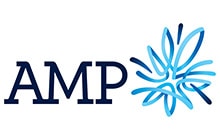
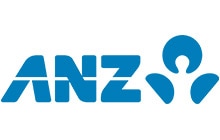
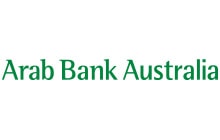
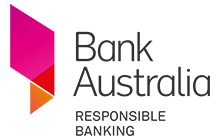
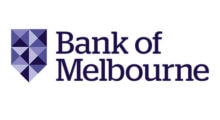
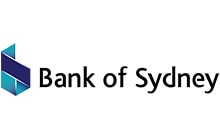
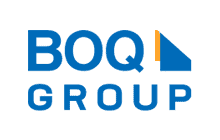
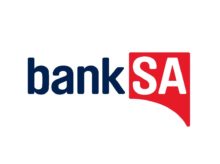


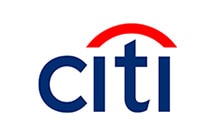


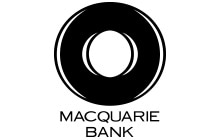

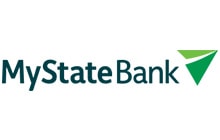
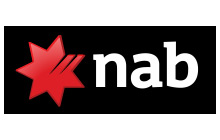

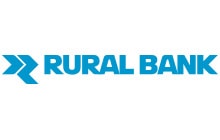




Help for small business
